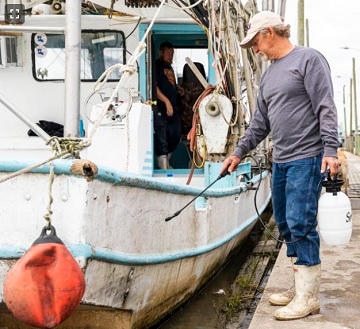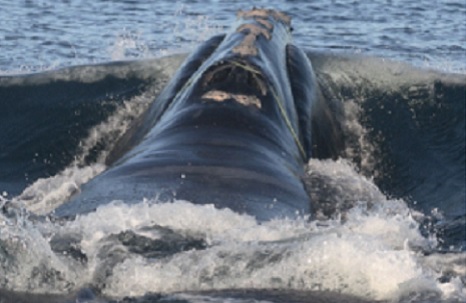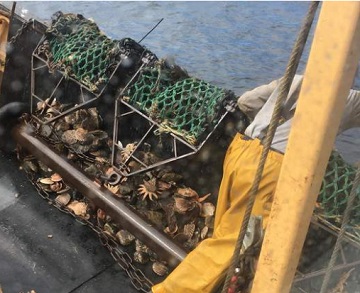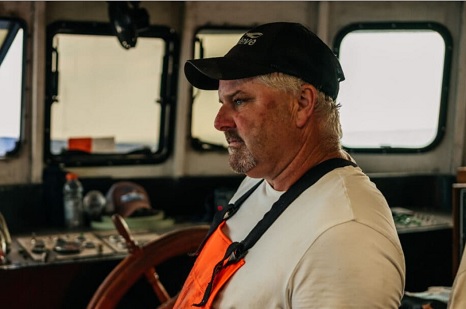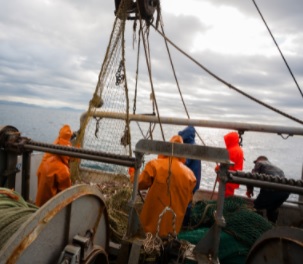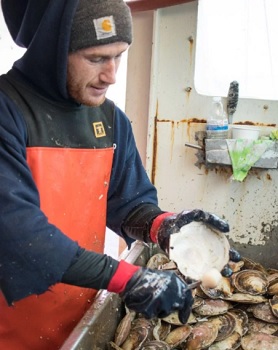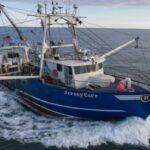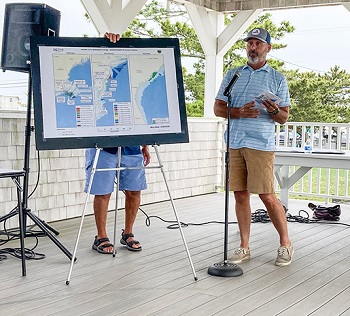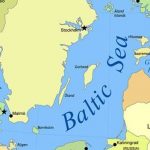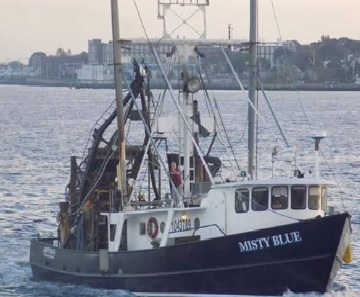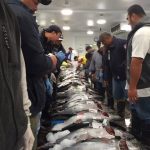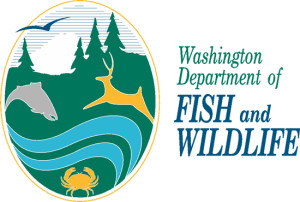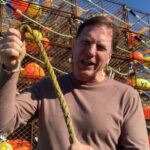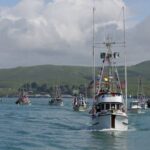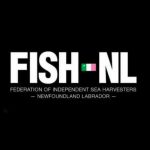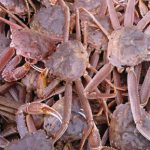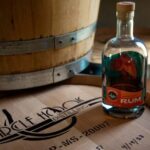Tag Archives: commercial fishing industry
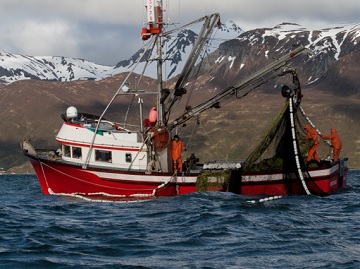
Coast Guard: Additional Actions Needed to Improve Commercial Fishing Vessel Safety Efforts
To improve safety in the extremely dangerous commercial fishing industry, Coast Guard examines fishing vessels’ documents and safety equipment, and conducts outreach to fishers, among other efforts. But, Coast Guard hasn’t fully implemented 17 of 22 statutory requirements to improve commercial fishing vessel safety. For example, Coast Guard hasn’t developed a training program for commercial fishers or re-established an advisory committee on industry safety issues. In addition, Coast Guard doesn’t have a detailed plan to guide their efforts to fully implement the outstanding statutory requirements. Our recommendations address this and more. >click to read< 09:12
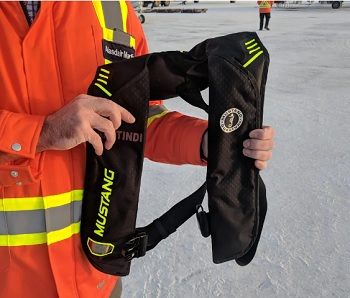
PFD’s: New Brunswick to make personal flotation devices mandatory for commercial fishing industry
The New Brunswick government has introduced legislation to make personal flotation devices or life jackets mandatory for the commercial fishing industry, answering a recommendation issued after two fishermen drowned in 2016. There is no requirement for fishers to wear life jackets, or PFDs, under current legislation, something the Transportation Safety Board of Canada said should change given the frequency of drowning in the industry. Fishing vessels are not considered workplaces under the province’s Occupational Health and Safety Act, leaving WorkSafeNB unable to enforce safety standards. >click to read< 21:43
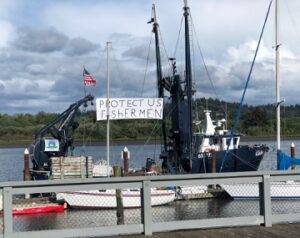
Oregon Senators, Governor responds to offshore wind farms concerns during clean energy tour
During a clean energy tour of Oregon, KATU questioned the US Secretary of Energy, Jennifer Granholm, Oregon Senators Ron Wyden, Jeff Merkley and Governor Kate Brown on issues surrounding wind farms slated for the Southern Oregon Coast. “It’s too early honestly we don’t know it’s a lot like the wave energy technology it’s still being built it’s still being created,” said Oregon Gov. Kate Brown when asked if she would advocate funding for preliminary wind farm testing ahead of federal leases planed for Southern Oregon offshore areas. “We really need to understand all of the impacts upfront before we rush into this,” said Heather Mann Executive Director of the Midwater Trawlers’ cooperative. >click to read< 09:56
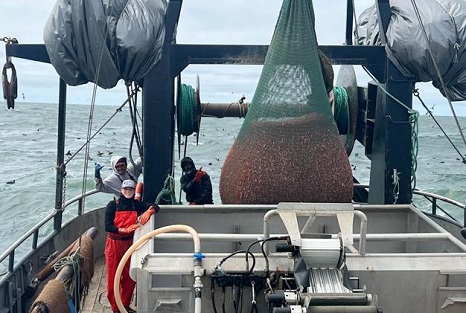
Floating offshore wind generator proposals worry fishing industry
From her home overlooking Yaquina Bay on the Oregon coast, Kelley Retherford can watch as commercial fishing boats arrive at the nearby Port of Newport, delivering their catch to one of several seafood processors that line the waterfront. Saltwater is in her family’s blood, she said. Along with her husband, Mike, and their four adult children, they own and operate four fishing trawlers, harvesting everything from Pacific whitefish and hake to pink shrimp and Dungeness crab. That way of life, however, may be disrupted by a growing interest in offshore wind generators to help achieve ambitious government-mandated zero-carbon energy goals. photos, >click to read< 18:50
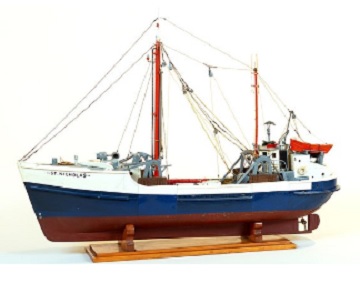
A Special Exhibition: The Legacy of the Family-Owned Fishing Vessel
In recognition of the 400th anniversary of the first English settlement in Gloucester, an event that will be marked in 2023, the Cape Ann Museum has organized a special exhibition exploring the important legacy of the family-owned commercial fishing vessel. The exhibition, which will include fine art, models, and archival materials, will be on display at the Museum’s downtown campus at 27 Pleasant Street from June 25 through September 18, 2022. At the core of the local commercial fishing industry is the family-owned boat. Large and small, eastern rig and western rig, steel-hulled and wooden-hulled, the varieties are endless. >click to read< 15:50
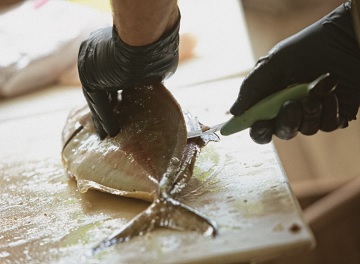
One fish, two fish: The local commercial fishing industry faces daunting challenges despite high demand
It’s just after noon on an unseasonably warm Friday in early spring. Naples has had a string of cold days and now this hot one, but no one standing in line in front of Mike’s Bait House in East Naples seems to mind. The line extends from the street, where cars are parked nose-to-bumper. It snakes through the parking lot and winds beside a black extended-cab Chevy. In the back of the truck, two young men from Dilly’s Fish Co, owned by Tim “Dilly” Dillingham, lean over Grizzly coolers. “What’s the difference between a lane snapper and a red snapper?” a man in line calls out. “A red snapper’s going to be a little more firm,” one of the young men in the back of the truck answers. That’s Dominick Biagetti, Dillingham’s right-hand man. Biagetti serves as boat captain and crew, and he helps with offloading and delivery. He has a seascape tattooed on his leg, an underwater reef scene with a turtle and a moray eel. >click to read< 12:10
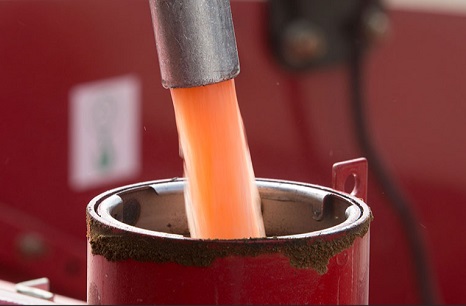
Commercial fishermen dealing with off the chart fuel prices
The fuel prices are also affecting prices out at sea. Many commercial fishermen use diesel, which is now running well over 6 dollars a gallon. Captain James Keding has been running Mary K, named after his mother, for 38 years. He says his mussel harvesting operation is taking a huge hit from fuel prices. “Back in 2019, I paid $1.50 a gallon, now I’m paying $6.50 a gallon,” said Keding. Lobstermen are also in a pinch. Captain Dave Hobson says the Right Whale restrictions were just lifted so everyone in his line of work is trying to run their traps out with the higher fuel costs. >click to read< 07:53 Video, Rising diesel prices having big impact on commercial fishermen, >click to watch<
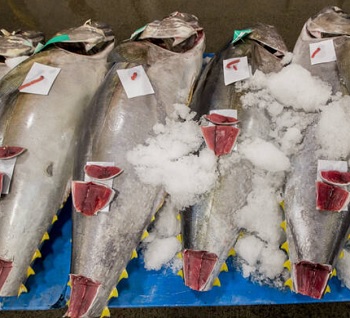
US fish landings fell 10% during first pandemic year
America’s commercial fishing industry fell 10% in catch volume and 15% in value during the first year of the COVID-19 pandemic, federal regulators said Thursday. The 2020 haul of fish was 8.4 billion pounds, while the value of that catch was $4.8 billion, officials with the National Oceanic and Atmospheric Administration said. The early months of the pandemic posed numerous challenges for the U.S. fishing industry, which has remained economically viable despite the difficult year, NOAA officials said. NOAA made the announcement as it unveiled its “Status of the Stocks” report, which provides details about the health of the nation’s commercial fishing industry. >click to read< 15:22
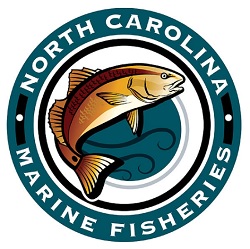
Be careful What you wish for … especially in fisheries management
I attended the NCMFC meeting on 2/23-2/25. The first evening was public comment. The majority of the speakers were CCA members, guides and individuals, who basically repeated the same script that was obviously authored by someone else and read over and over.,, In all my years as a recreational angler living in eastern NC. I have NEVER, and I mean NEVER, seen the hate and disgust shown by a select group of anglers pushing the rhetoric of the CCA and other groups against commercial fishing. I do not believe this is the average angler, but a group of self-centered, agenda driven, individuals, who stand to gain politically and monetarily from the closing of commercial fishing. I get asked all the time how can I champion a sector that has gill nets and trawls? I don’t think of it that way. by Easton Edwards, >click to read< 09:08
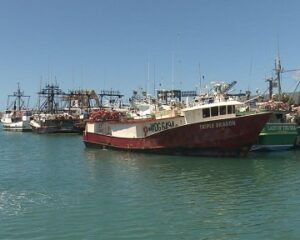
Hawaii fishermen on the hook for high costs as seafood prices continue to rise
You may be seeing trouble when you pull out your wallet to pay for fish and seafood, but it’s the fishing industry that’s threatened right now. As fisherman Paul Dodder prepares to once again head out to sea. Expenses are on his mind. “Fuel prices are always the number one expense,” said Dodder. Diesel fuel we’re told is up 50%. But there are other costs as well. “Baits and supplies for your crew, all of that has increased 40%-50%,” said Hawaii Longline Association Executive Director Eric Kingma. Those costs on top of increasing demand are driving prices up. Video, >click to read< 19:34
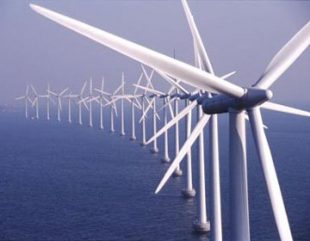
Biden-Harris Administration Sets Offshore Energy Records with $4.37 Billion in Winning Bids for Wind Sale
The Department of the Interior announced the results of the nation’s highest-grossing competitive offshore energy lease sale in history, including oil and gas lease sales, with the New York Bight offshore wind sale. These results are a major milestone towards achieving the Biden-Harris administration’s goal of reaching 30 gigawatts of offshore wind energy by 2030. Today’s lease sale offered six lease areas totaling over 488,000 acres in the New York Bight for potential wind energy development and drew competitive winning bids from six companies totaling approximately $4.37 billion. >click to read< 08:15
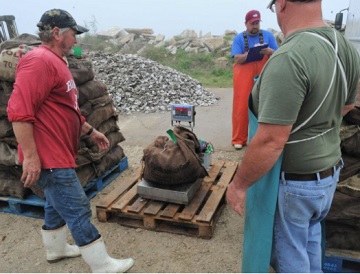
Alabama: Seafood bill raising questions about tax breaks pitched to lawmakers
For Ernie Anderson, the legislation that passed out of the Alabama House last week will help a dwindling number of commercial fishermen save costs while purchasing equipment to do their jobs. Problem is, no one seems to know how much that is. The bill, HB10, allows the entire commercial fishing industry similar tax exemptions and reduced tax obligations like those offered to farmers, who pay 1.5% on sales taxes. Commercial fishermen, excluding commercial shrimpers, currently pay a 4% sales tax rate whenever they purchase equipment like netting and bait. >click to read< 14:01
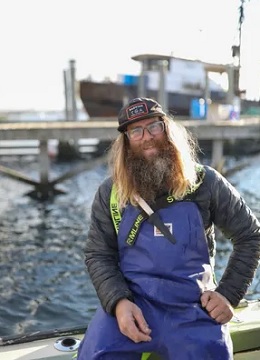
Newport Rhode Island’s commercial fishing industry faces challenging times
“Different? How are things different? Just look at it.” Gazing out over the water toward downtown Newport from a dock on Long Wharf, Denny Ingram, the burly captain of Blue Moon, is answering my question with a question. “Nothing’s the way it used to be. Nothing.” We’re standing on the last remaining pier dedicated to the city’s commercial fishing industry. The view is crowded with pleasure boats, mid-rise condos and high-end hotels. When Ingram started fishing nearly 40 years ago, the scene was quite different. Today, all of the businesses serving the commercial fishing industry have evaporated. You can’t even get ice locally. >click to read< 17:21

New Jersey – Coastal towns go to court seeking more input on offshore wind
The suit alleges that the Biden administration’s plans to lease 480,000 acres off the coasts of New Jersey and New York for offshore wind development violate two key environmental protection laws, the U.S. National Environmental Policy Act and the U.S. Endangered Species Act by essentially bypassing them. As a result, the projects are moving forward without consideration for their impact on endangered species living in the area of the proposed turbines, as well as the state’s commercial fishing industry and local tourism along the Jersey Shore, according to the suit. >click to read< 10:30
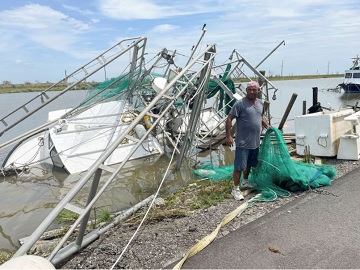
Louisiana Fishing Industry Suffered $579 Million in Damages Due to 2020-21 Hurricanes
Hurricanes Laura, Delta, Zeta, and Ida, which swept through Louisiana during various points in 2020 and 2021, resulted in an estimated $579 million in losses to the state’s fisheries infrastructure, revenues, and biological resources, according to a study by the Louisiana Department of Wildlife and Fisheries, LSU and Louisiana Sea Grant. The study’s findings, released today, analyzes monetized losses to fisheries infrastructure (including vessels), sales or gross revenue, and resources losses to fish and oysters. The study also projects financial losses that are continuing into 2022. >click to read< 10:14

Fishermen, residents voice concerns about proposed Morro Bay offshore wind farm
An area of ocean 20 miles from the Cambria shoreline and about 35 miles northeast of Morro Bay could become home to nearly 400 square miles of wind turbines,,, Many, like Cheri Hafer, are concerned the area will prohibit commercial fishing. “One of our biggest enemies right now is industrialization of the ocean,” Hafer said. “Not just to fishermen, but to the marine habitat.” Larry Thevik, a dungeness crab fisherman, said many fishermen feel like their concerns aren’t being heard and that the impact it may have on the commercial fishing industry isn’t being thoroughly considered. >click to read< Public critical of environmental analysis for Morro Bay Wind Energy Area – A number of public speakers at an offshore wind energy impact analysis scoping meeting said a full environmental impact statement should be prepared before the federal government leases tracts in an area northwest of Morro Bay. But officials with the Bureau of Ocean Energy Management said a full EIS can’t be conducted on the effects of wind turbine installation,,, >click to read< 12:12
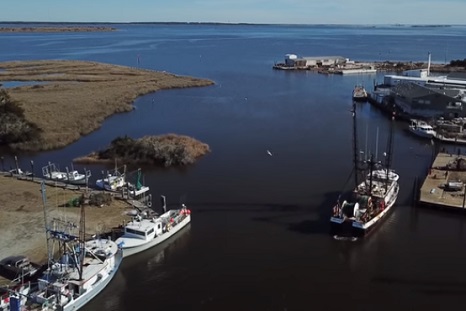
Safeguarding the Outer Banks’ commercial fishing heritage by supporting the livelihoods of local fishermen
Dare County has released a video titled, “Dare County’s Commercial Fishing Industry: Safeguarding the Community’s Longstanding Heritage by Supporting the Livelihoods of Local Fishermen,” as part of the county’s ongoing effort to inform members of the public as well as state and national legislators about the impact that increased regulation is having on the those who work within the commercial fishing industry. >Video, click to read< 10:11
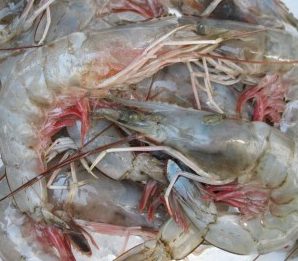
A “shot across the bow”: Shrimp trawl decision was a close call for consumers
After two days of public hearings during which few participants voiced any support for the proposed closures, the commission voted 5-4 to include an additional 10,000 acres to the existing 1 million acres already closed to shrimp trawling. Ostensibly the proposed closure, had it been approved, would have shut down approximately 119 small independent commercial shrimpers whose vessels, ranging 35-50 feet in length, are too small to trawl in the open ocean. But, as the large number of speakers noted during the Marine Fisheries Commission meeting noted, the closure would have far greater impact. >click to read< 09:19
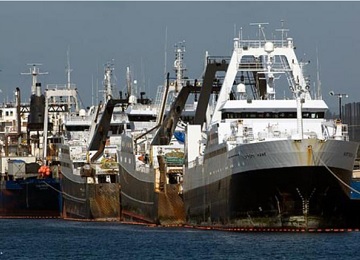
An inside look at Seattle’s fishing industry
This unique network of professionals, ranging from shipbuilders to pipe fitters to marine electricians and more helps fuel the local economy and offers a range of career options. When fishing fleets, based at the Port of Seattle’s Terminal 91 on the Seattle waterfront in Interbay, return laden with their catch, a single ship might carry fillet blocks, loin blocks, surimi, roe, fish meal and fish oil, says Kelli Goodwin, senior manager, Maritime Operations at the Port of Seattle. These products are separated and loaded into export carriers, on-site freezer cold storage, rail cars (for fish oil) or long-haul trucks for domestic distribution. “The next fish stick or fish fillet sandwich you eat, likely was caught by a vessel that calls Seattle home,” >click to read< 14:05
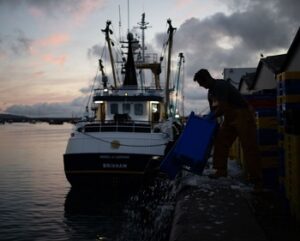
England’s biggest fish market at sunrise – Brixham Fish Market is truly the city that never sleeps
At the meek hour of 2am, boxes upon boxes of fish are being sliced, sorted, and shipped, generating thousands in revenue before the sun has begun to rise. The hours are gruelling with 4pm starts that don’t end until the next morning and some boats that land at Brixham spend seven days out at sea.,, “Brixham is a fish town. Tourists love to come here, they love to see the boats, they love to see the market. Despite being one of the worst-hit industries by Brexit and Covid, the market is currently experiencing a boom and earning figures of up to £800,000 in some weeks. 22 photos, >click to read< 09:00
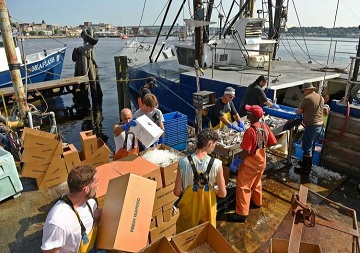
Fishing fleet lives a productive but unstable existence in New London
The 96-foot trawler Mystic Way is back home from a four-day stint at sea and its crew is unloading a 35,000-pound haul, using a crane to swing to shore containers overflowing with whiting and a variety of other fish species. The crew members join with dock workers to move the fish, shovel ice and pack the fish into hundreds of wax-coated boxes. A teen on a forklift hauls the pallets of boxes into an awaiting refrigerated truck headed to a fish market in New York. Workers are tired and sweating but focused on moving the fish out of the summer heat before too much of the ice melts. Overseeing the operations at Fisherman’s Landing is Gary Yerman, 71, owner and president of New London Seafood Distributors and one of the two men credited with bringing this modern-day fishing fleet to New London. >click to read< 08:20
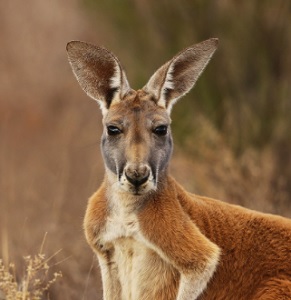
Commercial fishing reforms come into play across South Australia
South Australia’s much-anticipated $24.5 million reform of the marine scalefish fishery officially went into effect on July 1. The state government says changes will strengthen the long-term financial and ecological sustainability of the commercial fishing industry. Changes include a trading system where fishers can exchange and bid for quotas to catch certain species, as well as new zones and other regulatory changes. The changes have not come without some disruption, as the government bought out licence holders. For example, as many as half of Kangaroo Island’s commercial marine scale fishermen decided to surrender their licences. Late last year, applications for nearly 130 commercial fishing licence surrenders had been received in the state government’s reform of the marine scalefish fishery. >click to read< 07:44






